Illinois
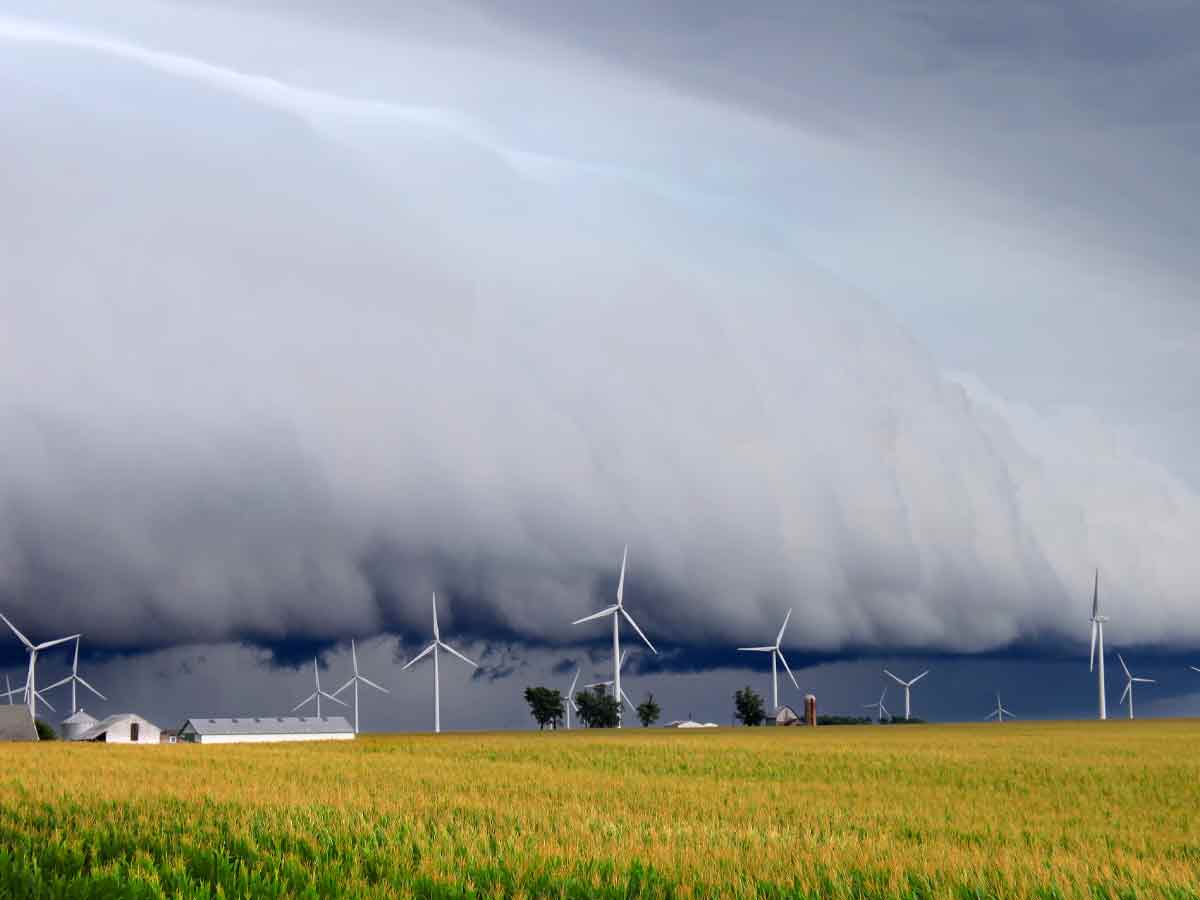
With 60 federally declared disasters since 1953, Illinois is no stranger to the wrath of Mother Nature. From massive tornadoes to devastating blizzards, the state sees a variety of seasonal disasters. Severe storms, floods, tornadoes, and winter storms come as no surprise to the people who call Illinois home.
In 1967, three F4 tornadoes tore through the state on the same day, causing multiple deaths and $10 million in damage. A decade later, the Blizzard of 1979 hit, bringing in just over 20 inches of snow. Another blizzard hit in 1999 with nearly 22 inches of snow. The Super Bowl Blizzard hit the state in 2015, setting a record for the heaviest snowfall ever to hit the state. 2011-2013 also had headlining tornado/blizzard disasters.
Georgia
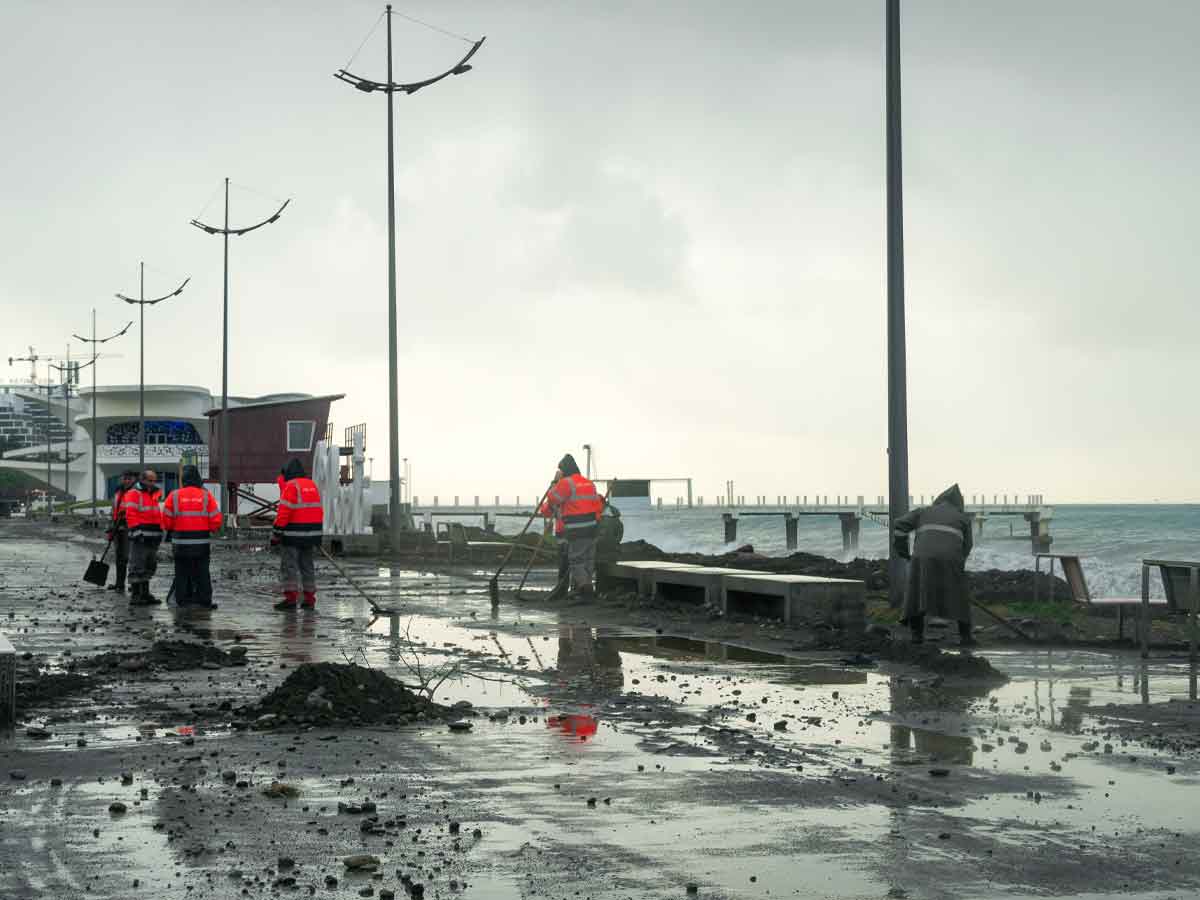
Severe storms, tornadoes, tropical storms, wildfires, floods, landslides—you name it, Georgia has seen it. Thunderstorms are the most common type of natural disaster in Georgia, causing widespread damage and crippling communities across the state. In 2009, heavy rain resulted in 500-year floods, causing at least 10 deaths and $500 million in damage. The same year, another disastrous flood occurred.
Tropical storms and hurricanes are another big concern for this southern state. Georgia is plagued by hurricanes that form in both the Atlantic Ocean and the Gulf of Mexico. Georgia was hit by Hurricane Katrina in 2005, with 18 tornadoes touching down from the hurricane's remnants. In 1999, Georgia experienced the largest evacuation effort in American history as Hurricane Floyd approached.
Virginia
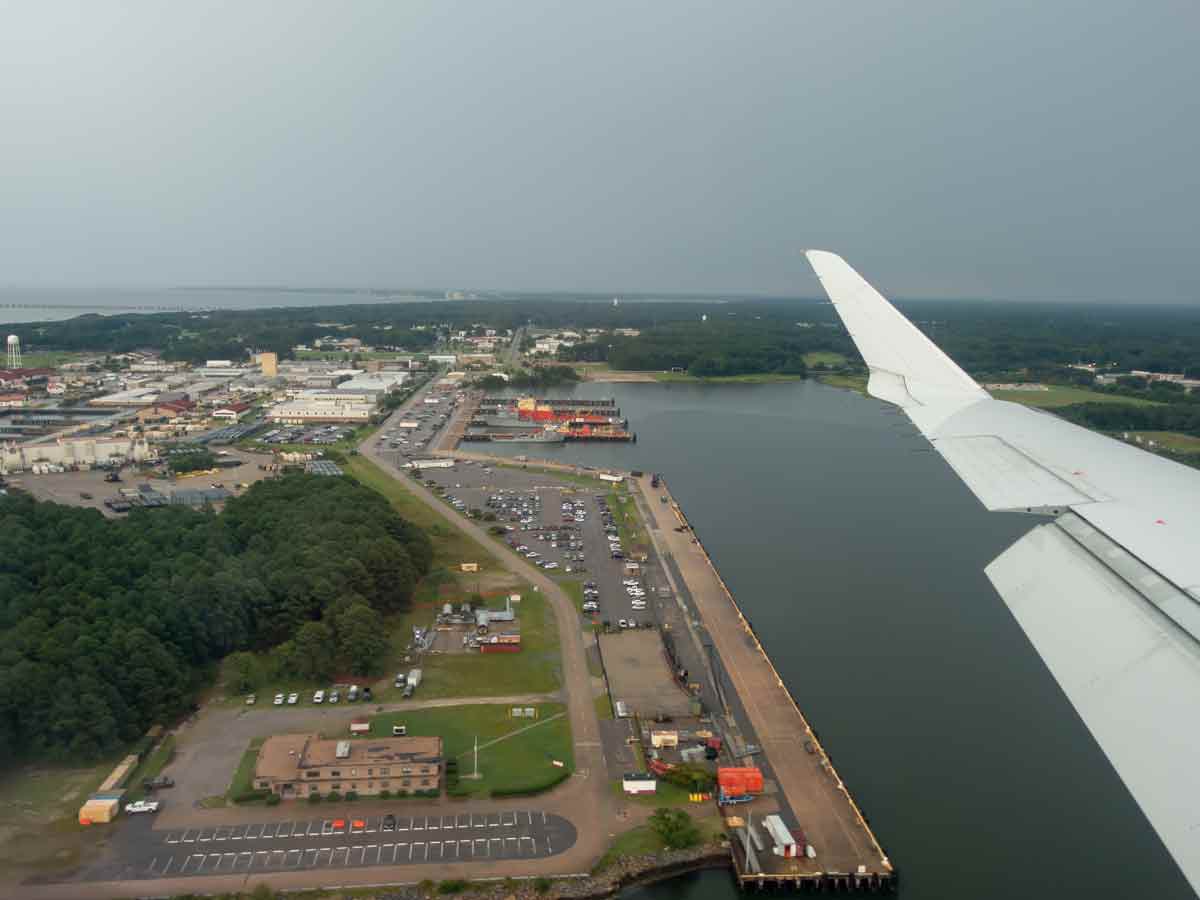
Severe storms and hurricanes are the most common natural disasters to affect the state of Virginia. Being the 19th wettest state, Virginia experiences significant precipitation, usually along the southern half of the state and the western mountainous region. Tropical storms are expected to hit the state at least once a year, while the remnants of hurricanes are expected once every 2 to 3 years.
With there being numerous types of storms, almost 3,000 dams, and four major rivers in Virginia, the state is very prone to flooding. One of the worst floods in the state's history was the flood of 1985 after Hurricane Juan caused large amounts of heavy rain. There was widespread flooding and an estimated $1.4 billion dollars in damage.
Iowa
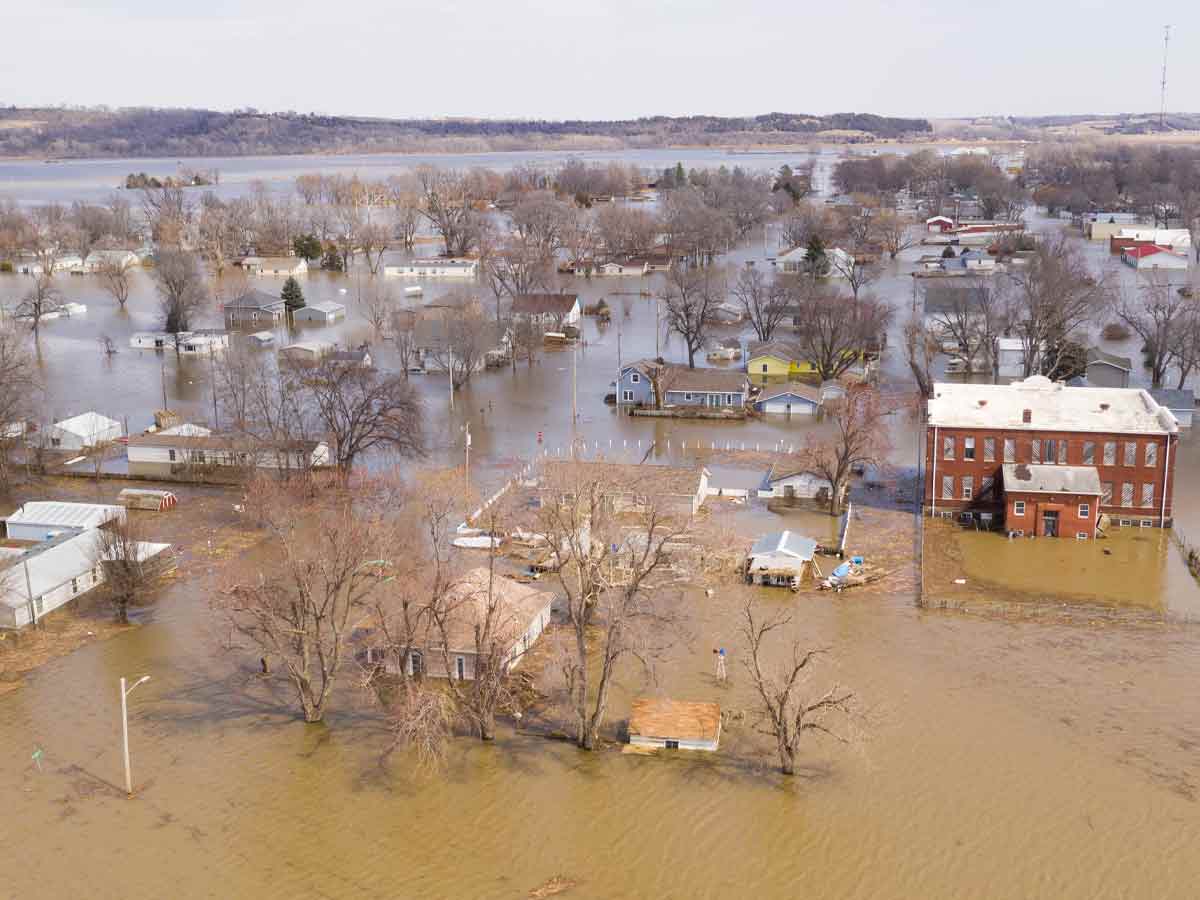
Iowa experiences tornadoes and snowstorms more frequently than any other natural disaster. Known for being a farming state where 92% of the land is just plains and cornfields, Iowa is prone to major floods as well. One of the worst (and longest) floods in the state's recent history began on March 11, 2019, and lasted until December 2019!
Derechos are another natural disaster the state contends with. A derecho is a large-scale thunderstorm capable of causing more damage than a tornado. They are associated with walls of rapidly moving showers or thunderstorms. Derechos have always been common in Iowa, occurring once every one to two years.
North Carolina
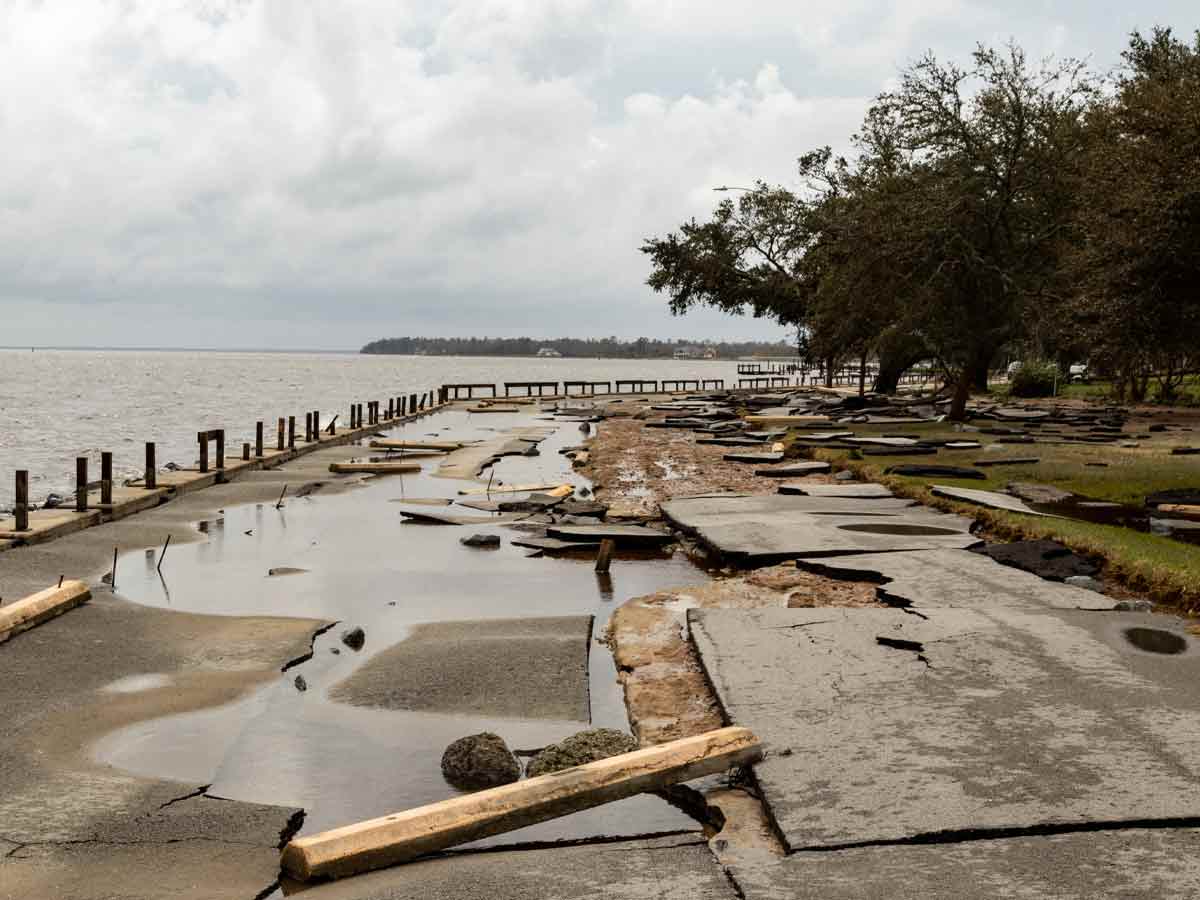
North Carolina experiences disasters like tropical storms and hurricanes, severe storms, floods, wildfires, winter storms, and tornadoes. While all of these are common, the most frequent disasters are hurricanes and floods. In the recent past, the state has experienced a hurricane every year since 2018. Nearly a quarter of the most damaging hurricanes to hit the US have struck the Carolinas.
While hurricanes are the most prominent disaster, tornadoes have also caused major issues. The state had to declare a state of emergency in 2011 and 2014 due to damaging tornadoes. An average of 31 tornadoes a year touch down in North Carolina. Though it's certainly less than the Midwest, it's still a significant amount of tornadoes!
Minnesota
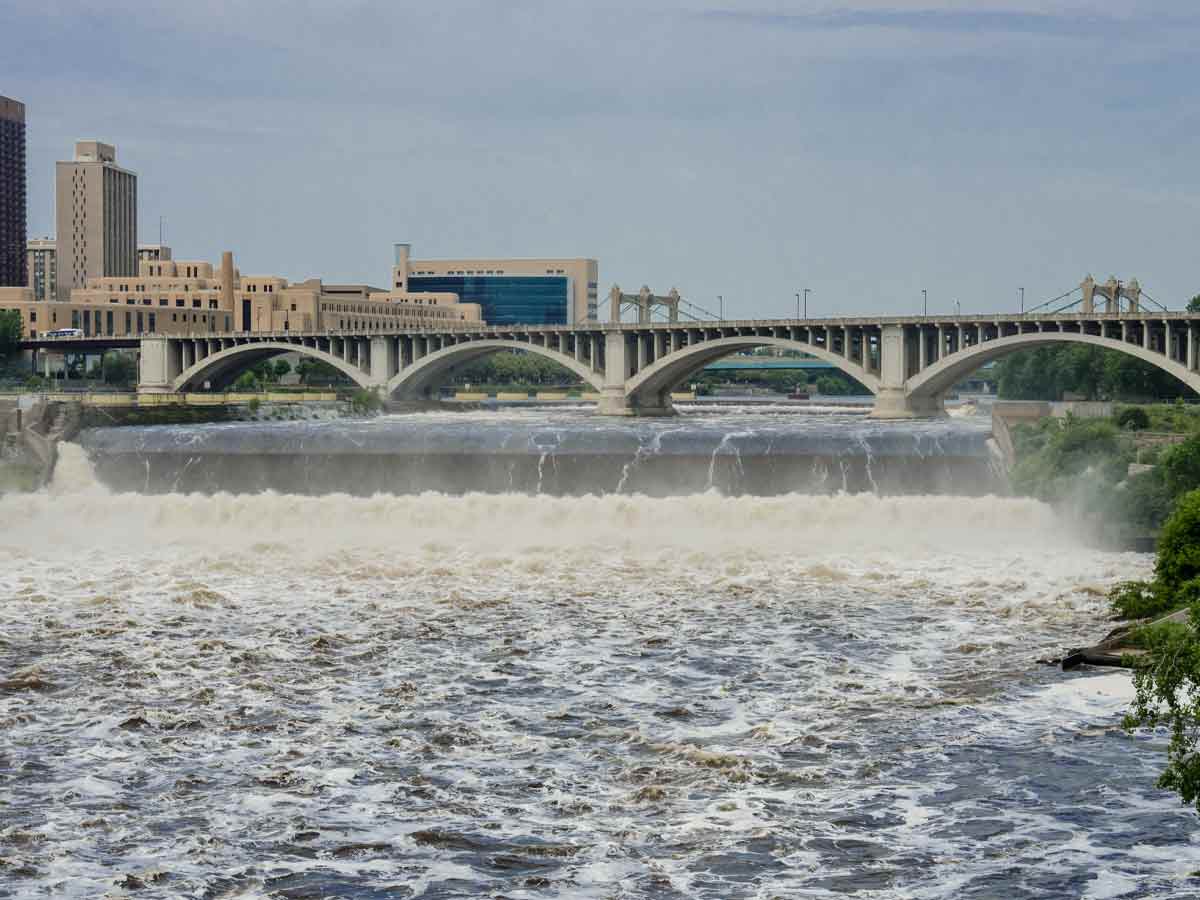
Minnesota experiences all sorts of natural disasters—from floods to severe storms to tornadoes, even wildfires, winter storms, and heat waves. Minnesota has it all! With flooding being the most common disaster, the state has experienced many significant ones, such as The Flood of April 1965, The Flood of July 1978, The Flood of July 1987, and The Flood of August 2007.
Severe storms also plague the state, bringing heavy rainfall, thunder and lightning, high winds, and sometimes hail. One of the worst wind storms in the state's history occurred in 2011, with winds of up to 121 miles per hour! Tornado Alley boundaries are not clearly defined, so Minnesota is sometimes included in it—the state averages 45 tornadoes each year.
Alaska
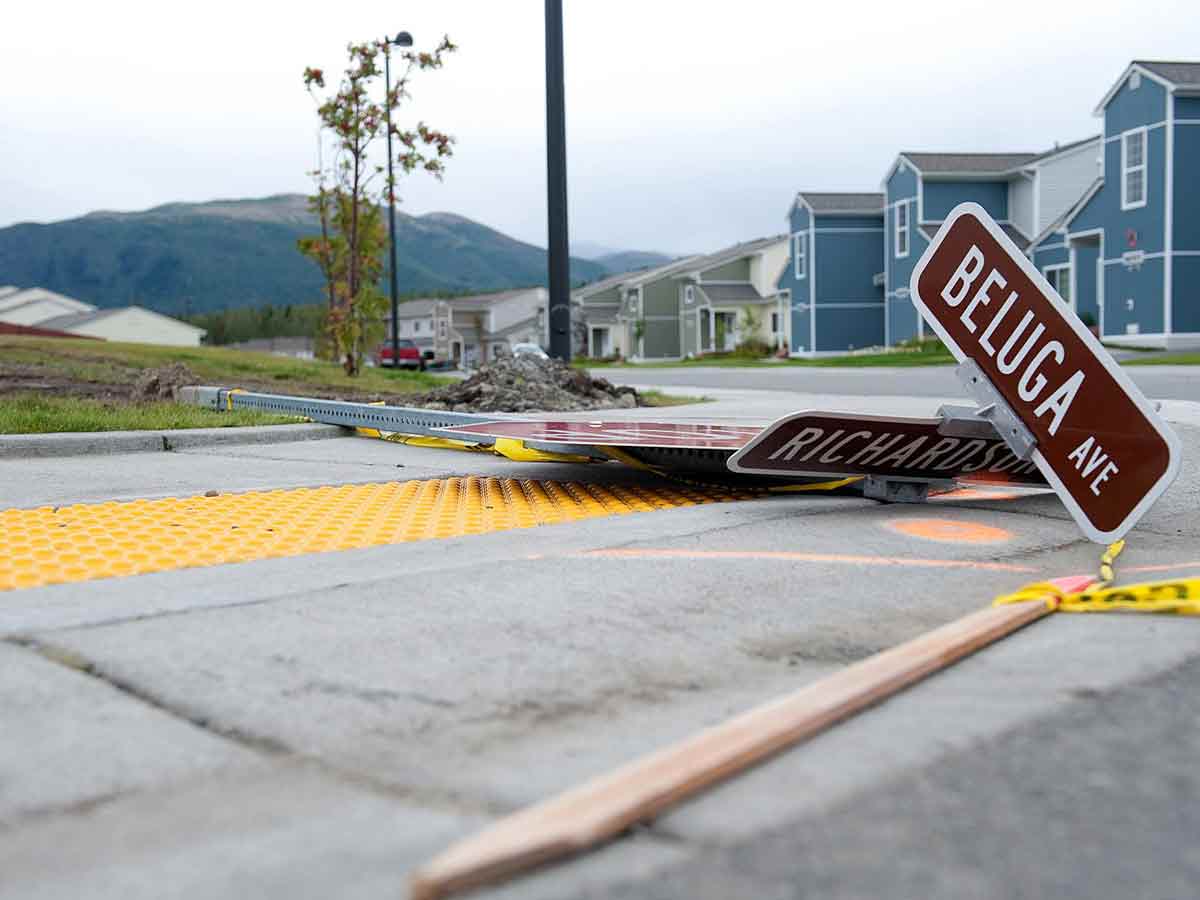
It's not too hard to believe that severe winter storms rank as the most common natural disaster in Alaska. However, you may be surprised to learn that wildfires are the second most common disaster. Besides these, the state also experiences floods, earthquakes, avalanches and landslides, and tsunamis. Fun fact: though it's not common, volcanoes are also a disaster that can occur!
While winter storms are the worst, landslides and tsunamis occur more in Alaska than in any other part of the US. It also has the most earthquakes. This is because it is located along the Pacific "Ring of Fire". A recent article stated that in Alaska, a declared disaster occurs every 90 days—there are no seasonal disasters anymore, they occur regularly.
Nebraska
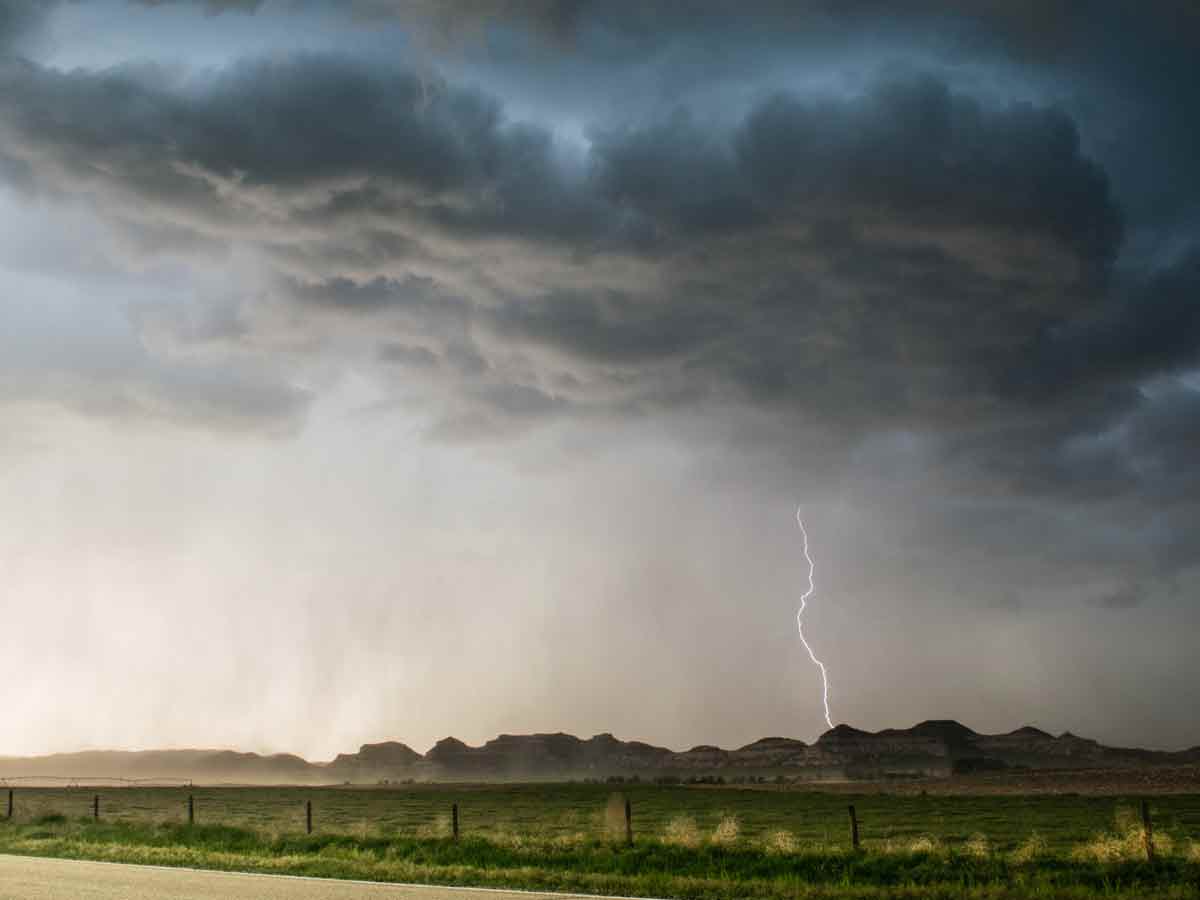
Nebraska has had 62 disasters since 1953, most commonly severe storms, floods, tornadoes, winter storms, and heat waves. Nebraska's severe storms include thunderstorms, dust storms, heavy rain, hail, and high winds. 45-50 days a year are expected to be severe storm-related with a significant amount of precipitation.
The Cornhusker State also has floods to deal with because of excessive precipitation. With almost 80,000 miles of rivers, overflowing riverbanks are a high risk during heavy rains. Nebraska also has the honor of being located in the infamous Tornado Alley and experiences an average of 45 tornadoes each year.
West Virginia
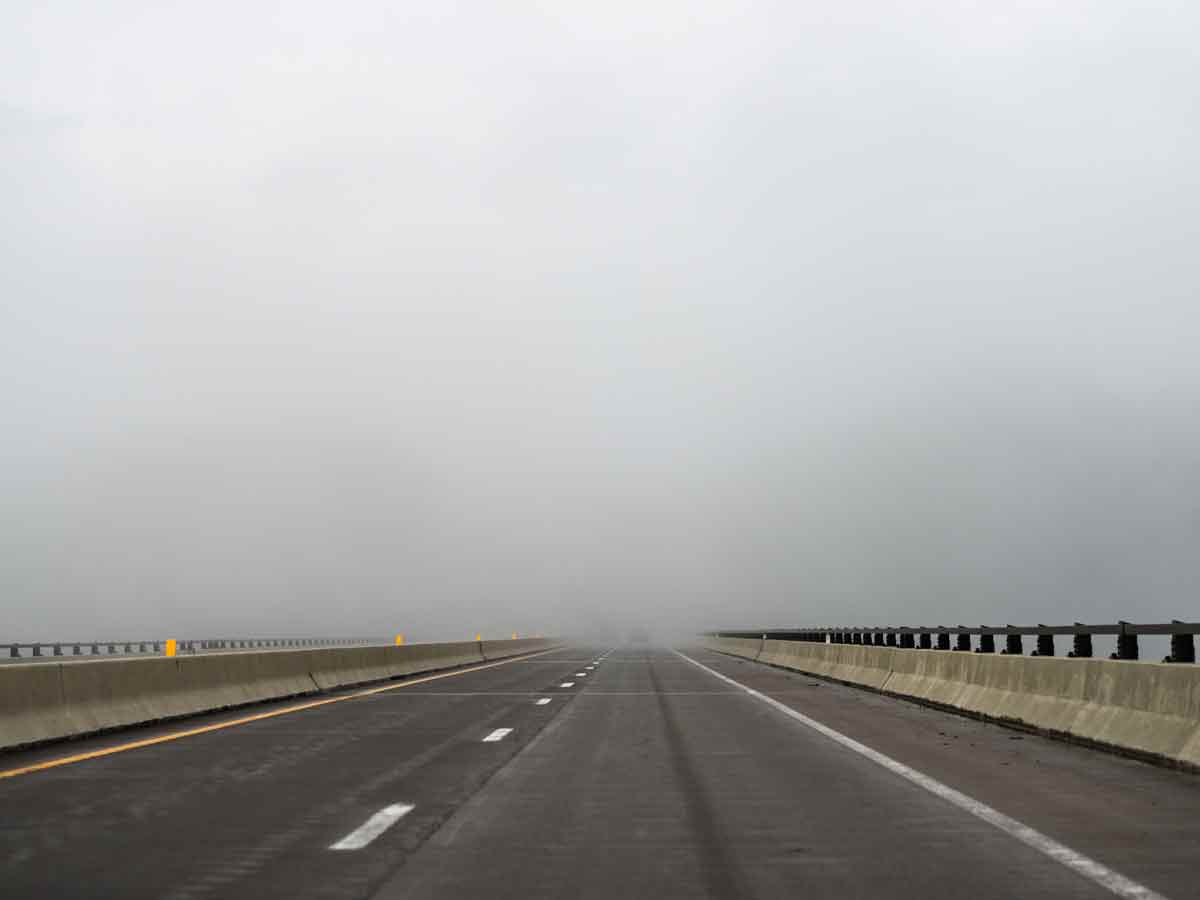
If you're from West Virginia, you know to be prepared for floods, severe storms, winter storms, wildfires, landslides, and whatever else Mother Nature wants to throw at you. Floods seem to be the most common occurrence and some of the worst disasters the state has ever seen.
In 1985, Hurricane Juan cause flooding during the first week of November, destroying 13,000 homes and businesses. It cost $700 million in damages and resulted in 38 deaths. More recently, in 2016, so much rain fell in a period of 12 hours that it caused one of the deadliest floods in recent history. The state was declared a major disaster area.
Missouri
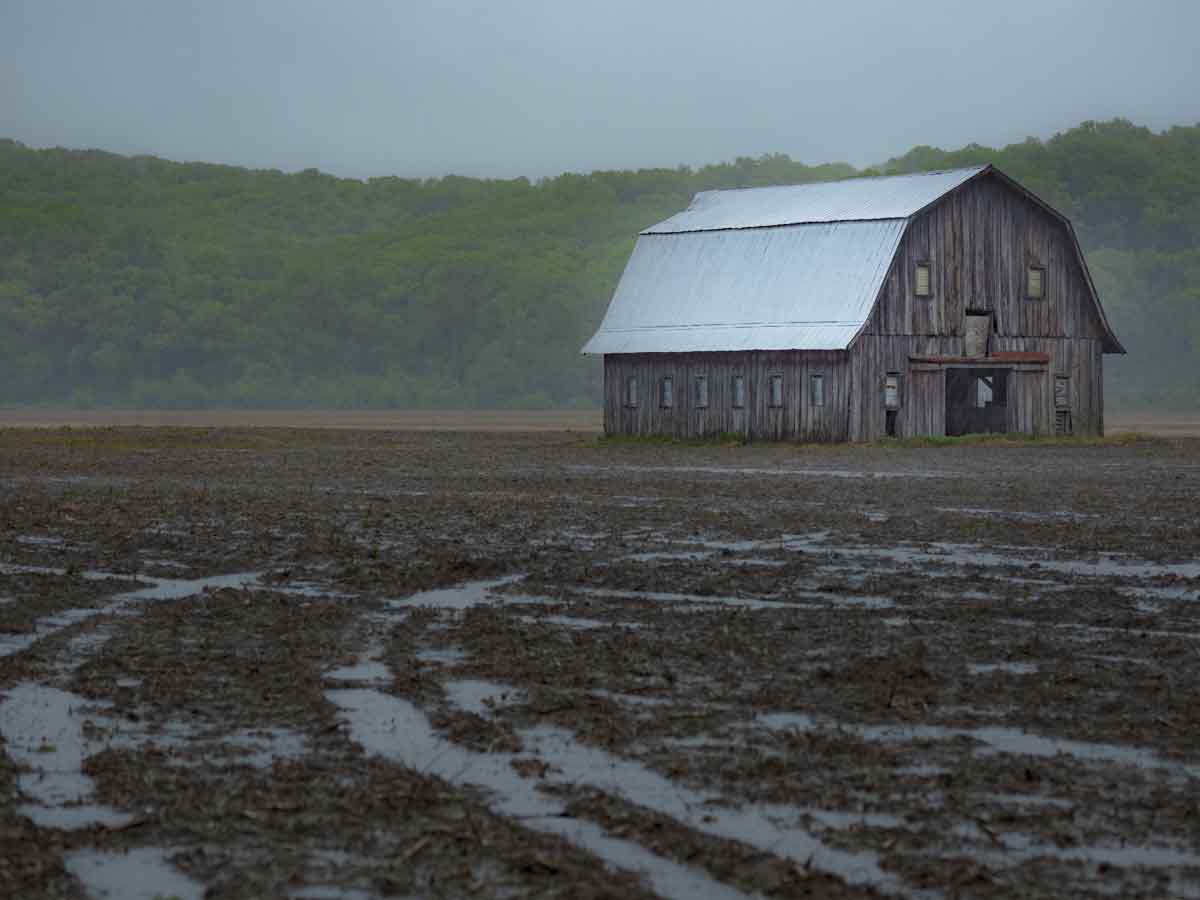
Missouri is known for tornadoes, flooding, fires, and drought when it comes to natural disasters. Flooding is the deadliest severe weather in Missouri, with most of those deaths occurring in vehicles. Because of the warm and humid climate, lightning and thunderstorms are common occurrences in spring and summer. This leads not only to flooding, but also to tornadoes.
While "severe storms" don't sound as threatening as floods or tornadoes, lightning and hail are two side effects of the disaster—Missouri ranks among the top ten US states when it comes to lightning-related deaths. While hail usually isn't deadly, it can be extremely damaging. The largest hailstone in Missouri was found in 2004 with a diameter of 6 inches! Definitely not a storm you'd want to be caught outside in.
Arkansas
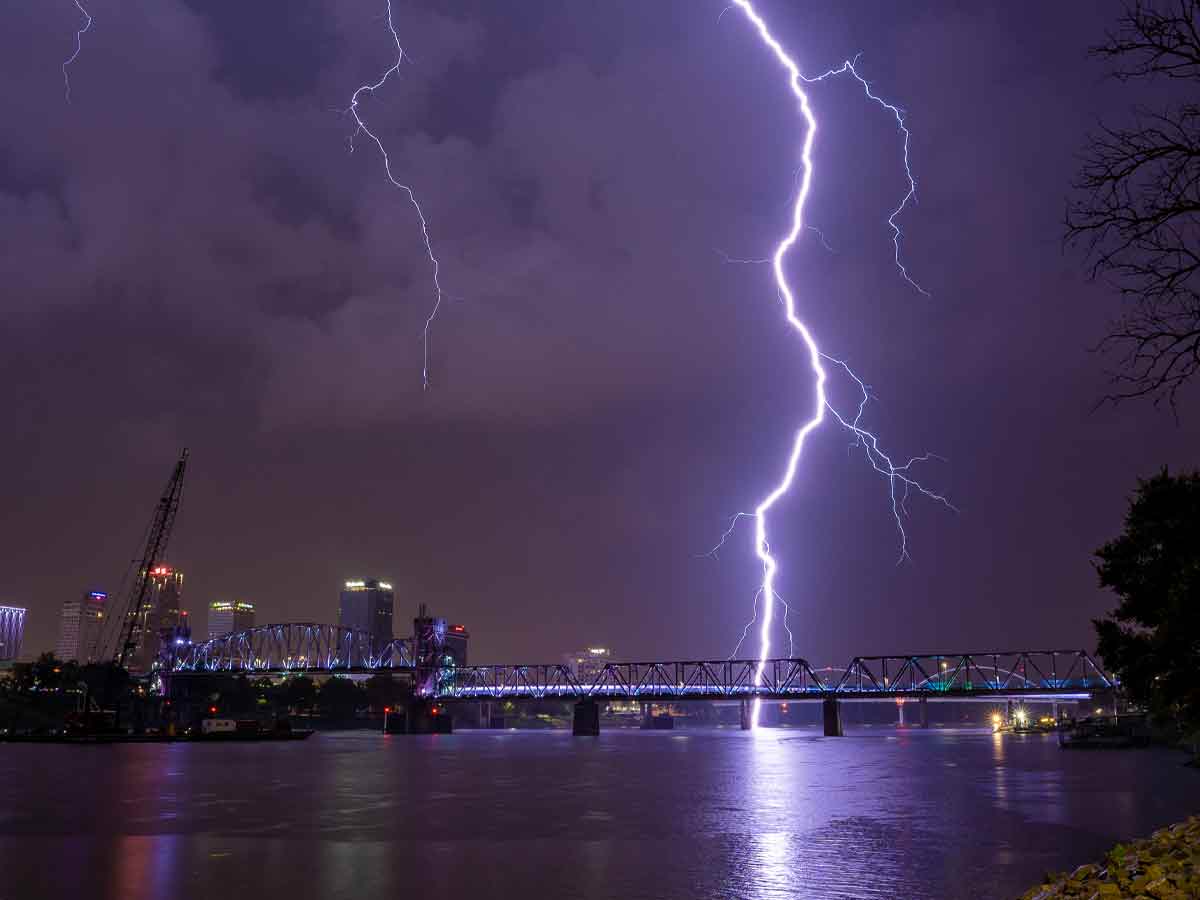
Arkansas has had 72 disasters since 1953, with the natural state seeing a 135% increase in natural disasters over the past 40 years. Besides seeing multiple disasters, the state also sees a multitude of different types of disasters, including severe storms, floods, tornadoes, extreme heat and drought, ice storms, and more.
In 2010, the Albert Pike flash floods overtook the campsites in the Ouachita National Forest, with the river rising from 3 feet to 23 feet in less than two hours. There were multiple casualties and missing. The following year, a super tornado—deemed the largest and costliest tornado disaster ever recorded, affected most of the state, with 362 tornadoes touching down.
Kansas
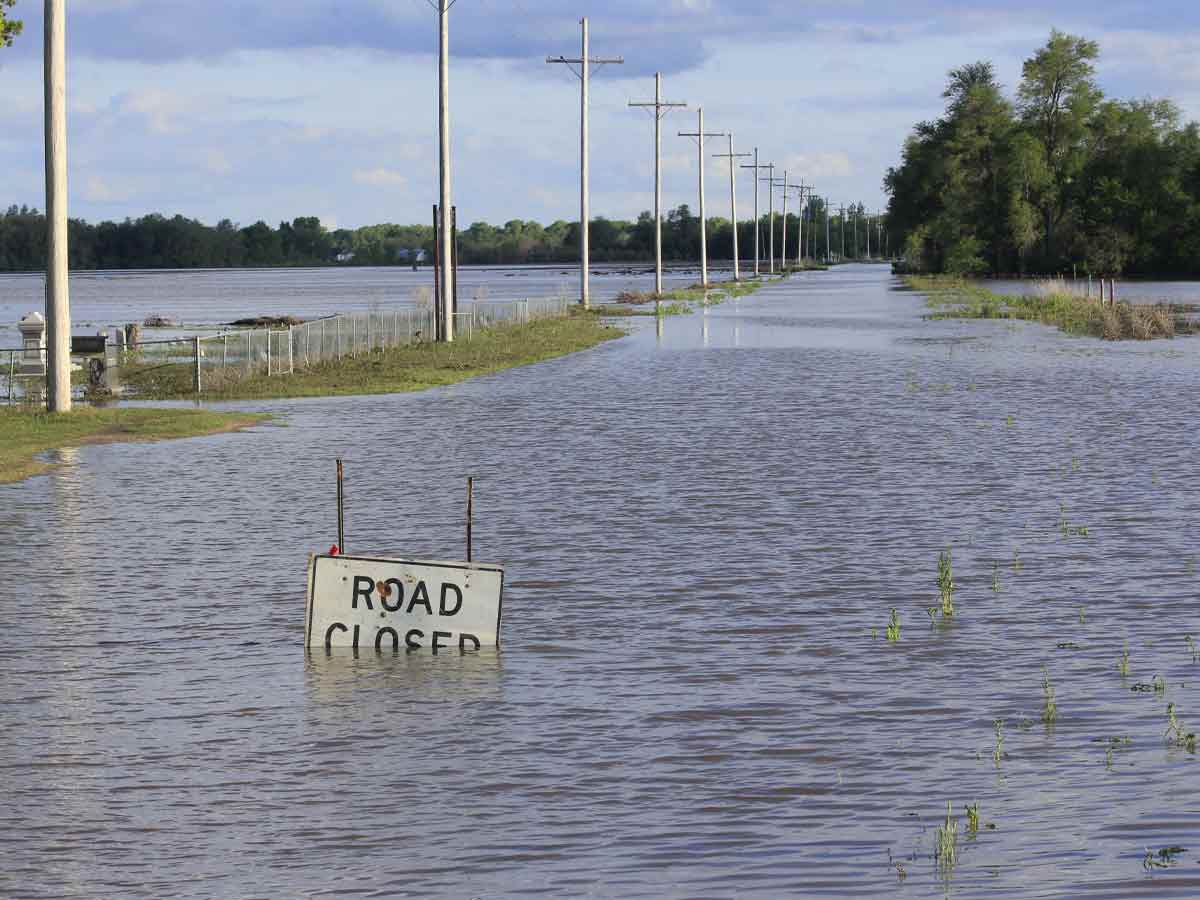
Kansas is unlucky enough to experience a wide variety of natural disasters. Wildfires, tornadoes, floods, and blizzards are some of the most common natural events to strike the state. In March of this year, Kansas declared a disaster due to storms and straight-line winds. With such flat terrain, it's understandable that winds can have a disastrous effect.
Though tornadoes are the most prominent disaster to afflict the state, earthquakes have also been a factor. Being so far inland, nearly in the middle of the U.S., you would think you would be safe from hurricanes. Believe it or not, hurricanes have even been known to affect Kansas at a destructive level—Hurricane Barry in 2019 and Hurricane Isaac in 2012.
Tennessee
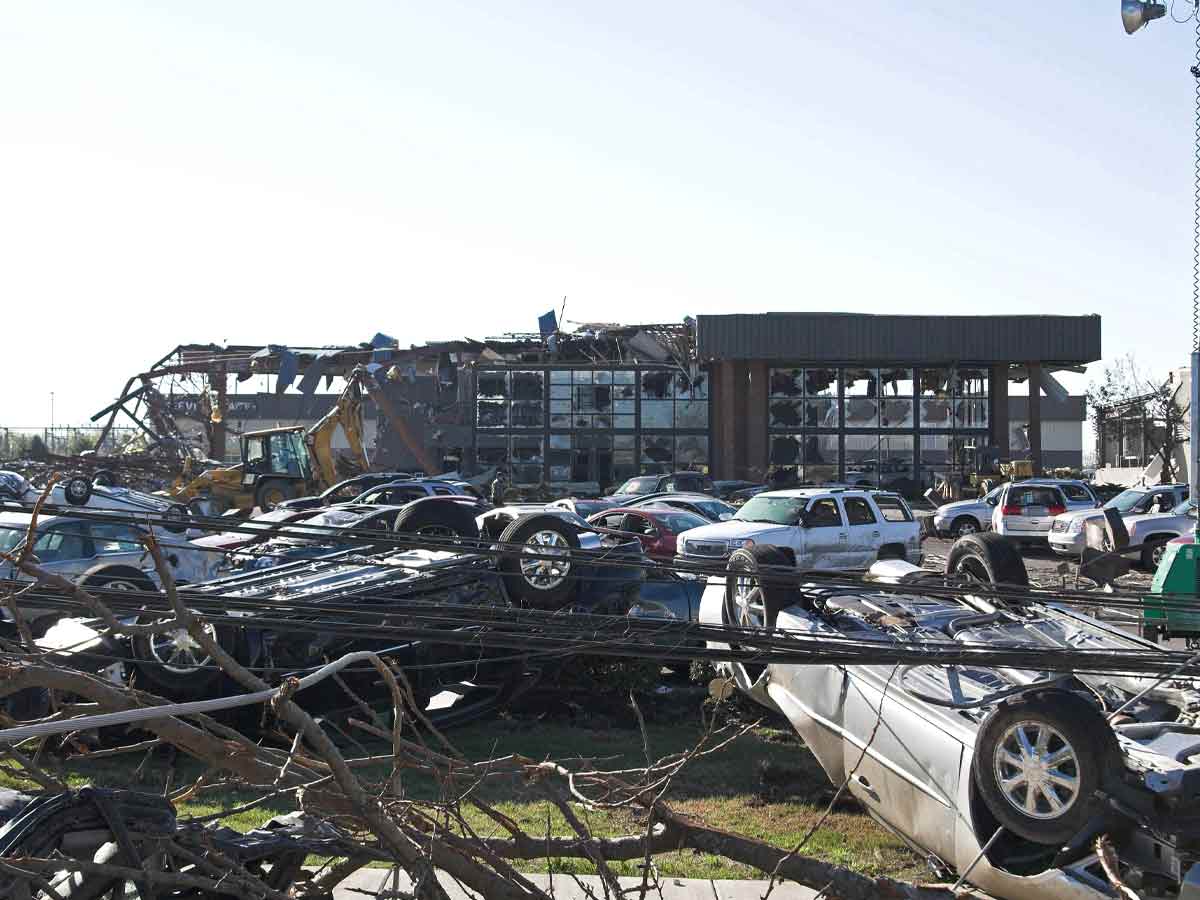
Tennessee has become one of the costliest states for climate disasters. In 2021 alone, the state endured six different billion-dollar disasters. That's a lot of destruction and money! These disasters ranged from severe storms to tropical cyclones to winter weather, with the cyclones causing the most damage and highest cost.
Many attribute the rise in natural disasters to the changing climate. Experts advise people to prepare for the future weather disasters that will happen across Tennessee. It's important to be weather aware—especially in a state with such a variety of natural disasters that are increasing in number each year.
Kentucky
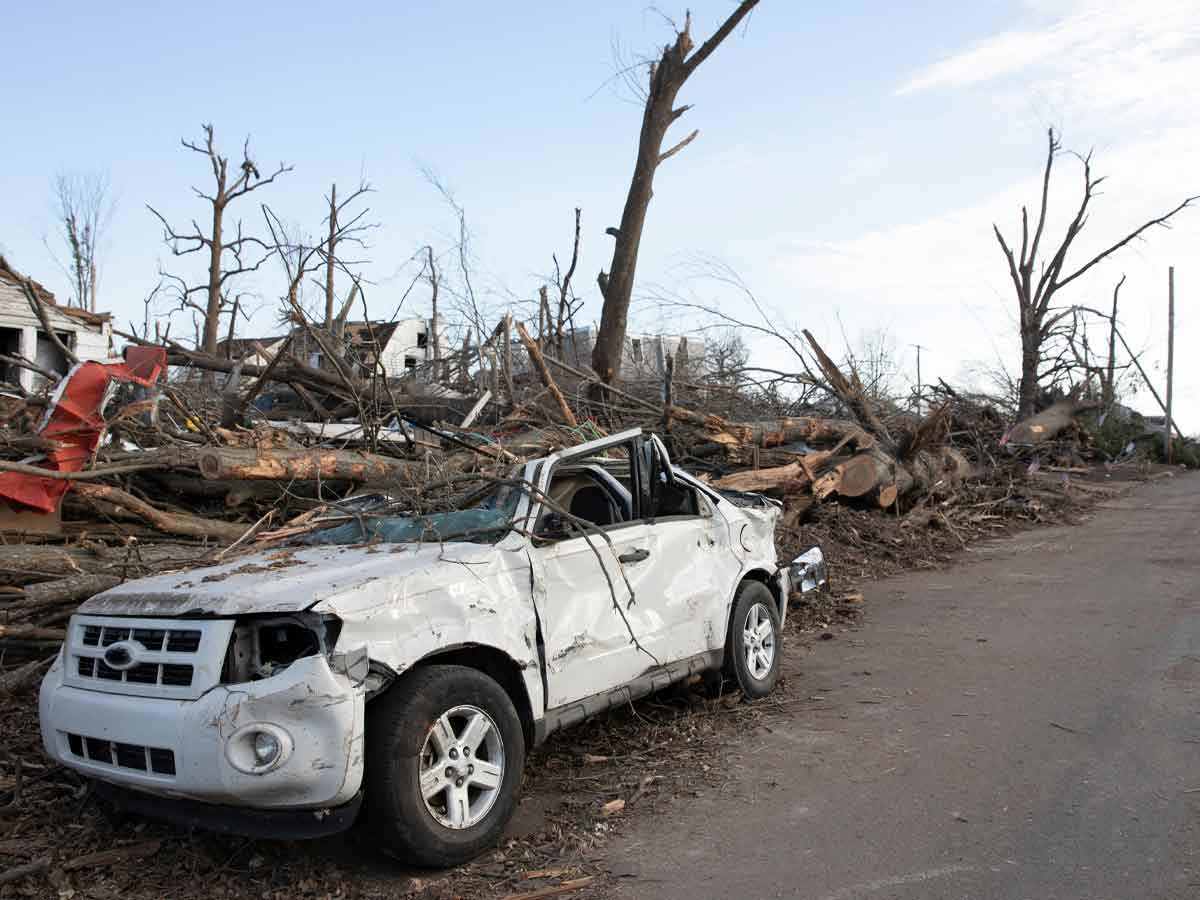
Kentucky has had 74 federally declared disasters since 1953, and apparently, things are just getting worse. The state's natural disasters are becoming more common—and more expensive. Kentucky has seen more flood-related disaster declarations than any other state between 2000 and 2022.
The state was second only to Oklahoma in all disaster declarations. From 1980-2000, Kentucky was affected by at least 20 "billion-dollar disasters". That takes a toll on a state, both physically and financially! The state has seen two of the worst natural disasters in its history in just the past year, courtesy of tornadoes and flooding.
South Dakota

South Dakota really gets the gambit when it comes to natural disasters. The state gets severe storms, flooding, blizzards, and even wildfires. It’s even been known to get an earthquake or two! Message: be careful when living here. That being said, the worst are the wildfires. To date, the fires in December 2017 had the most impact.
Fires ripped through the state and burned over 84 square miles, making it the third-largest to hit South Dakota’s Black Hills region. It all started when a windstorm caused a tree to hit a powerline. Then, in 2018, another fire burned 560 acres, but this one was started by a teenager with a flare gun.
Arizona

Ah, good ol’ Arizona. There’s a reason they call the state “Aridzona” for a reason. The state is known for being hot and dry, and while it has its benefits, there are also some huge drawbacks that pose major problems for those who live there. Every year has hundreds of fires. In 2017 alone, there were more than 2,300!
That being said, the state’s worst year was 2020. The biggest wildfire in Arizona history was so massive that it was larger than Washington DC, San Fran, Baltimore, Chicago, Miami, Minneapolis, and Manhattan combined (according to the Guardian). The state also has to deal with floods that can reach disaster levels in the blink of an eye.
Montana

Montana really gets it bad when it comes to fires. More than half of the disasters declared in Montana are the direct result of fires. In 2017, a record 2,134 square miles burnt to the ground thanks to fires that raged throughout the state. That being said, the worst thing to happen in the state wasn’t a fire.
It was the 1964 Blackfeet Indian reservation flood. This forgotten natural disaster is still seen today. The small valley that was once filled with plants is now a floodplain – nothing but gravel and rocks. A creek raged and turned into a river that was a quarter-mile wide and nearly 40 feet deep. It spanned over 30,000 miles, roughly 20% of the state. A total of 30 people died.
Mississippi

Mississippi is no stranger to natural disasters, and that’s all thanks to the state being on the Gulf of Mexico. That spells bad news for any state there. The state gets hurricanes on the regular, even to the point where some people throw “hurricane parties.” Crazy? Absolutely. It actually resulted in deaths.
When 1969’s Hurricane Camille ripped through the state, more than 141 people died. On top of that, it caused over $1.4 million in damage thanks to Category 5, 200-mph winds. That isn’t all Mississippi gets, though. People there also experience tornadoes, floods, and the occasional freak ice storm.
Nevada

As expected, the list would be dominated by western states. Things can get very hot in Nevada, and we’re not talking about the Strip in Las Vegas. There have been so many devastating wildfires in this state, we’re not sure why it’s still booming as well as it is. The worst year on record was 2017 when 1.3 million acres were claimed by the blaze.
Fires are bad and are the cause of over half the natural disasters in the state, there are other dangers. Nevada is also regularly battered by floods, earthquakes, droughts, and snowstorms. There were twin quakes in 1954 with magnitudes of over 7. Unfortunately, floods and earthquakes aren’t covered by standard home insurance, so homeowners are required to get specialized insurance for these disasters.
Louisiana

No surprise Louisiana lands on this list. It seems like every year the state is having a natural disaster that caused absolute havoc. Since 1953, there have been 90 major disasters that caused headlines to go wild. Of course, the worst disaster to date isn’t much of a surprise and can be summed up in one word: Katrina.
Nearly two decades later, Hurricane Katrina is still the worst storm the state has ever dealt with. Deadly 140-mile winds and 30-foot storm surges took a horrific toll on the state. There were close to 1,600 deaths due to Katrina, and the damage monetary cost was upwards of $25.9 billion, according to FEMA. Even today, Louisiana hasn’t completely recovered.
Oregon

Poor Oregon just can’t catch a break. There have been over 130 major natural disasters in the state since the ‘50s, and that number isn’t slowing down. The state seeds pretty much everything under the sun from fires, floods, mudslides, snowstorms, drought, earthquakes, and even tsunamis. What hasn’t the state dealt with?
There are two natural disasters we wanted to mention. The first is the scary 2020 season which turned more than one million acres to ash. A total of 11 people lost their lives that year. Then, there was an earthquake and tsunami in 2011, which caused $5.6 million in damage. One man lost his life and at least two were injured. Apparently, Oregon has great emergency preparedness protocols.
Colorado

It goes without saying that Colorado would make this list. The state sees lots of fires, floods, and snow. One blizzard in 2006 cost the federal government nearly $10 million in disaster assistance after Denver was shut down by 2.5 feet of snow. The biggest danger, however, is the fires that rage through the state,
Colorado has such an issue with deadly fires because of the dry climate, thick vegetation, and mountain peaks that act as lightning rods. There have been a lot of fires that caused damage, but the worst was in 2020. Colorado has three major fires that broke records this year, but the Cameron Peak fire was the biggest. Near Chambers Lake, almost 209,000 acres turned into ash.
Alabama

Alabama is right next to the Gulf, so that doesn’t spell good news for any state. It's been the bullseye of plenty of hurricanes, which battered the coast like no one’s business. There have been at least 21 hurricanes that forced the state to declare a natural disaster declaration and a state of emergency. As bad as they are, the worst disaster wasn’t a hurricane.
In 2011, the state saw one of the worst tornado outbreaks anyone has ever seen. There were 62 – yes, 62 – tornadoes that touched the ground over a span of four days. This included a shocking multi-vortex cyclone. This only happens every 10 to 15 years. The most powerful tornado spanned 25 miles wide and had over 210-mph winds. There were nearly 240 deaths and 2,000 injuries.
New Mexico

New Mexico starts has had over 100 major natural disasters since 1953, and that says a lot (according to Moneywise). The surprising part is that it isn’t all wildfires, although those are bad, and we’ll cover those. While some states have a hurricane season, New Mexico has flood season, and it can be pretty bad.
The rains can cause flash flooding and mudslides like you’ve never seen, too. However, the worst natural disaster is a fire. In 2012, the Whitewater-Baldy fire burned an estimated 465 square miles of land. That’s almost double the size of Chicago. This is thanks to New Mexico’s dry conditions, which is a perfect storm for both floods and fires.
New York

Those who live in New York aren’t surprised by their state making the list. Honestly, what doesn’t New York see? There’s been massive storms, earthquakes that destroyed the infrastructure, and fires that burnt enough to cause major damage throughout the state. Presidents have declared natural disasters in the state because of floods, blizzards, tornadoes, fires, ice storms, and earthquakes.
None have caused as much damage as the hurricanes, however. The worst on record was none other than 2012’s Hurricane Sandy. The storm hit the New York City area so hard that it caused the stock exchange to close, left eight million without power, flooded subway stations, and caused over $50 billion in damage.
Florida

Florida is an odd one. There have been more than 150 major natural disasters in the state since the ‘50s. While many are thinking “ah yes, hurricanes,” it’s actually not all hurricanes. The state also has its fair amount of fires. Actually, the majority of the major natural disasters were fires! The worst months are April and May, just as the state is wrapping up its winter.
In April 2017, there were over 100 wildfires. This was the most active year the state saw in six years. While this was bad, another awful disaster occurred in 2018 – Hurricane Michael. This Category 5 hurricane required at least $1.2 billion in federal disaster relief to get things going back to normal.
Washington

Washington is known for its lush, green forests, but that doesn’t mean it’s immune to fires like all others states in the area. There have been awful wildfires in the state every single year since 2000, and there’s no slowing up. The 2020 season, in particular, was one of the worst on record. Hundreds of thousands of acres were destroyed.
There are also floods, mudslides, landslides, and earthquakes, but the thing Washingtonians need to keep an eye out for? Mount St. Helens. The last major eruption was in 1980, and that was Washington’s worst disaster. The damage was massive with 230 square miles burnt, 200 homes destroyed, 900,000 tons of volcanic ash covering roads, thousands of animals dying, and 57 people losing their lives. Since then, the volcano has had continuous activity.
Oklahoma

Oklahoma has it pretty bad all around. There are wildfires from the west, floods from the massive rains in the spring, and winter storms that shut everything down, but the worst? Tornadoes. The state is right in the worst part of “Tornado Alley,” where the most twisters occur. There have been over 200 major disasters in the state since the ‘50s, most of which were tornadoes.
The worst to date was the historically bad 2013 Moore tornado. The tornado hit south Oklahoma City and Moore hard, taking out neighborhoods and schools. It was on the ground for nearly an hour. The EF5 winds reached 210-mph. In the end, 24 people lost their lives, including two infants and eight children.
California

Of course, California would make this list, but the surprising thing is that it isn’t the state with the worst natural disasters. There have been over 300 major natural disasters since the ‘50s, and there are zero signs of improvement. The state often has to deal with earthquakes, and they’re certainly bad. One in 1994 caused $20 billion in damage and 57 people died.
However, wildfires are easily the worst natural disaster in the state. This threat is so frequent, that Californians just seem to live with it. The 2020 fires were the worst in history. More than 10,000 buildings were damaged and 31 people sadly lost their lives. The August Complex fire that year grew to take over more than one million acres.
Texas

The worst state in the United States for natural disasters? Texas. Everything truly is bigger in Texas, including natural disasters. There have been over 350 major natural disasters since the ‘50s, and it’s hard to nail down the worst. The state sees everything including floods, tornadoes, fires, hurricanes, hail, and devastating winter storms.
FEMA officials have marked 2017’s Hurricane Harvey as the worst Texas has ever seen. The storm poured four feet of rain onto Houston, which led to historic flooding. Homeowners were forced onto their rooftops to escape the water. The storm caused over $125 billion in damage and 88 people lost their lives.
 Author
Ron Winkler
Last Updated: October 09, 2025
Author
Ron Winkler
Last Updated: October 09, 2025